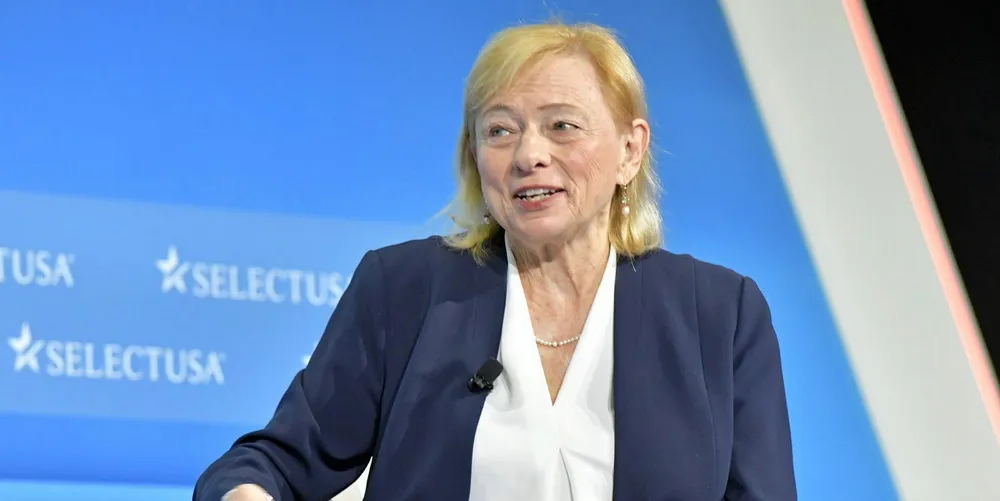US releases draft wind energy area in vast new floating play in Gulf of Maine
Tract holds over 40GW of potential capacity but concerns by powerful fishing interests will likely curb eventual development space

US offshore energy regulator Bureau of Ocean Energy Management (BOEM) on Thursday took a major step towards commercial floating development in the Gulf of Main deep waters with release of a draft wind energy area (WEA) holding an estimated 40GW of capacity.
“BOEM will continue to prioritise a robust and transparent planning process, including engagement with Tribal governments, federal and state agencies, the fishing community and other ocean users,” said BOEM director Elizabeth Klein.
“BOEM strives to minimise potential impacts and will continue working hard to finalise offshore areas that have strong resource potential and the fewest environmental and user conflicts,” Klein added.
The capacity – over 42GW by BOEM’s rough estimate of 3MW per square kilometre – exceeds the current targets of Maine (3GW) and Massachusetts (5.6GW), but these are expected to expand as offshore wind development expands in near-shore shallow waters.
The US is making a big push into floating wind, where it sees opportunity to become a global leader.
This is the third area targeted for floating wind development following the deep waters off coastal California and Oregon and the first on the East Coast.
Commercial and recreational fishing are likewise important industries in the Gulf of Maine and already several associations have ramped in opposition to potential floating wind development.
The Maine Lobsterman’s Association has launched protests against the sector, while Maine-based New England Fishermen’s Stewardship Association released a study in August highlighting the perceived threat posed by floating wind development.
Maine fisheries landed $574m in catch last year, a 39% drop off record highs in 2021, according to state data, with lobster comprising 68% of this value.
The Gulf of Maine draft WEA avoids some federally designated lobster management areas and all North Atlantic Right Whale restricted zones, BOEM said, while also avoiding “other important fishing areas and habitats”.
The regulator said it will continue to consult with all Tribal Nations and other stakeholders “to understand their concerns with potential offshore wind energy development and minimise conflicts”.
The draft WEA will be published in the Federal Register, the nation’s journal of record, on 19 October, initiating a 30-day comment period.
“Future adjustments to the draft WEA will likely be made after incorporating feedback during the comment period, while striving to retain sufficient area to meet the Gulf of Maine states’ planning goals,” BOEM said.
(Copyright)